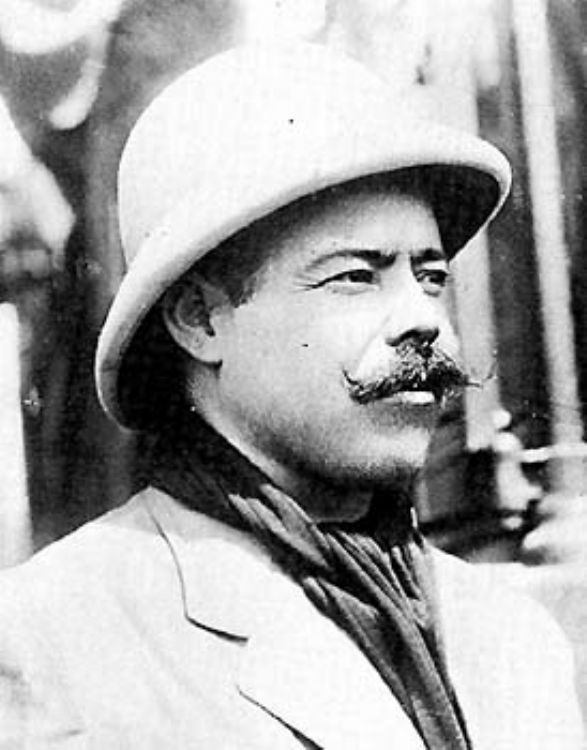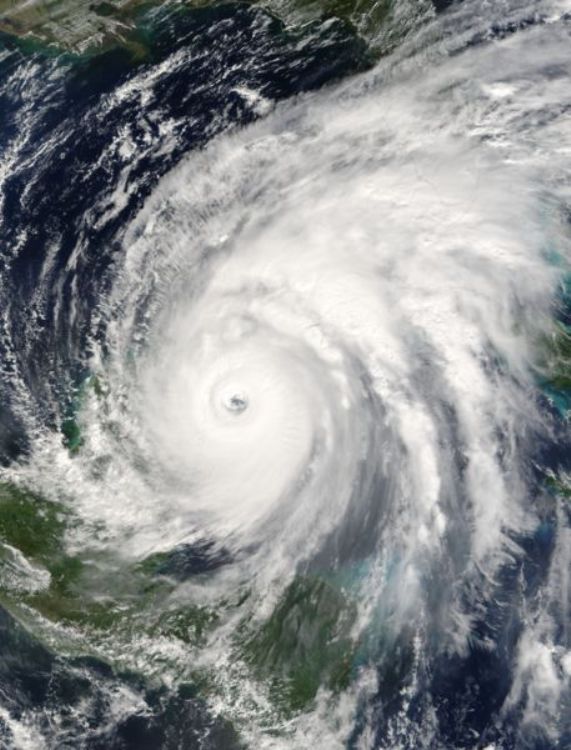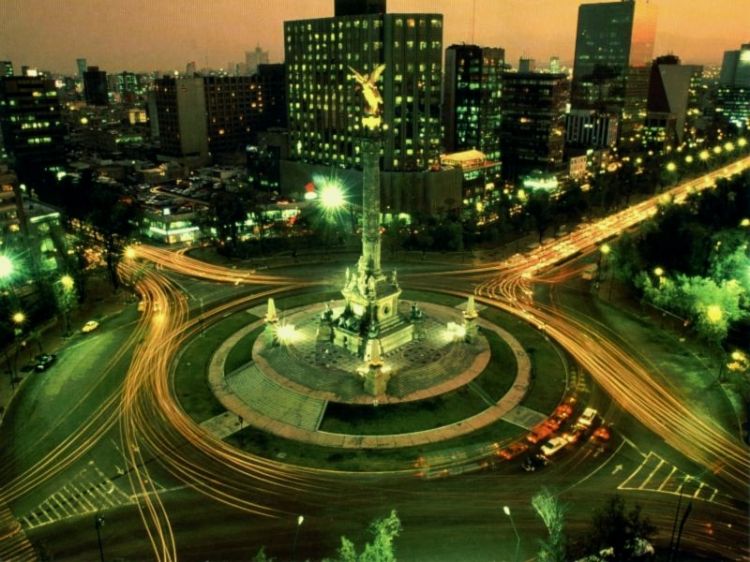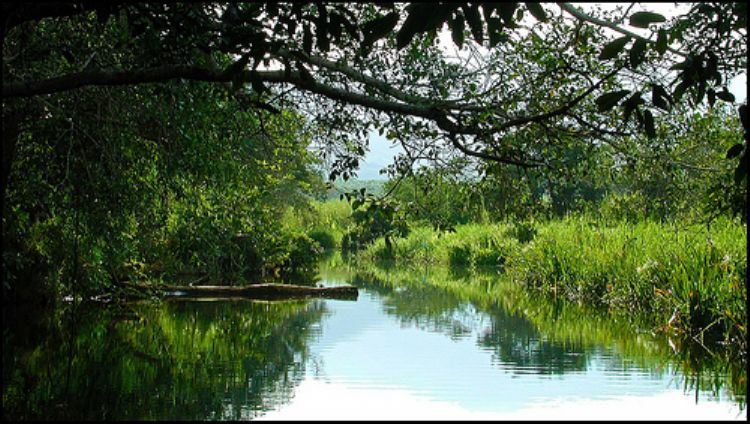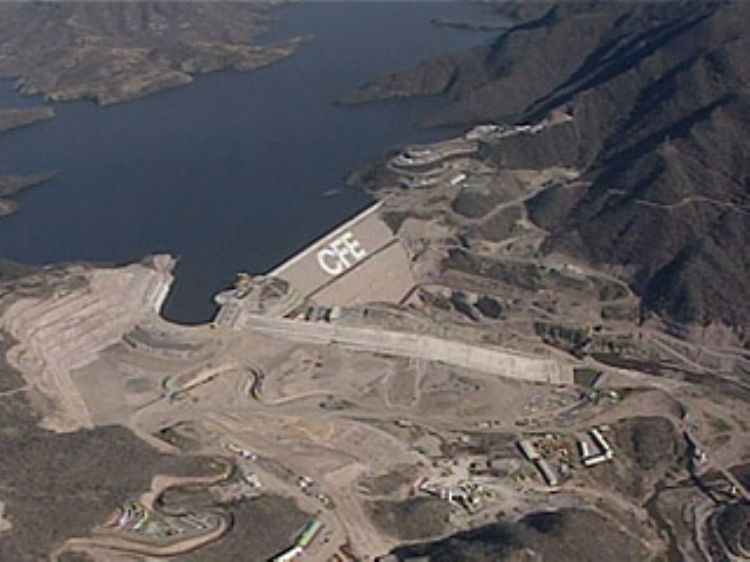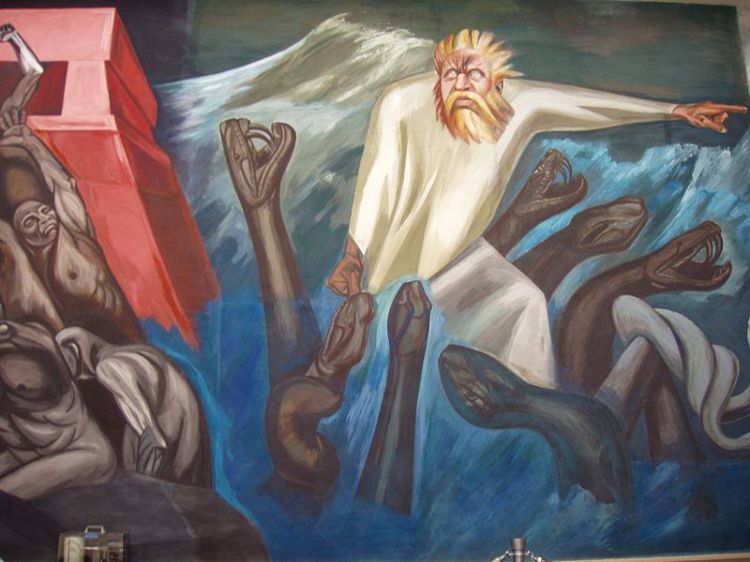Diego Rivera, One of the Best Mexican Painters
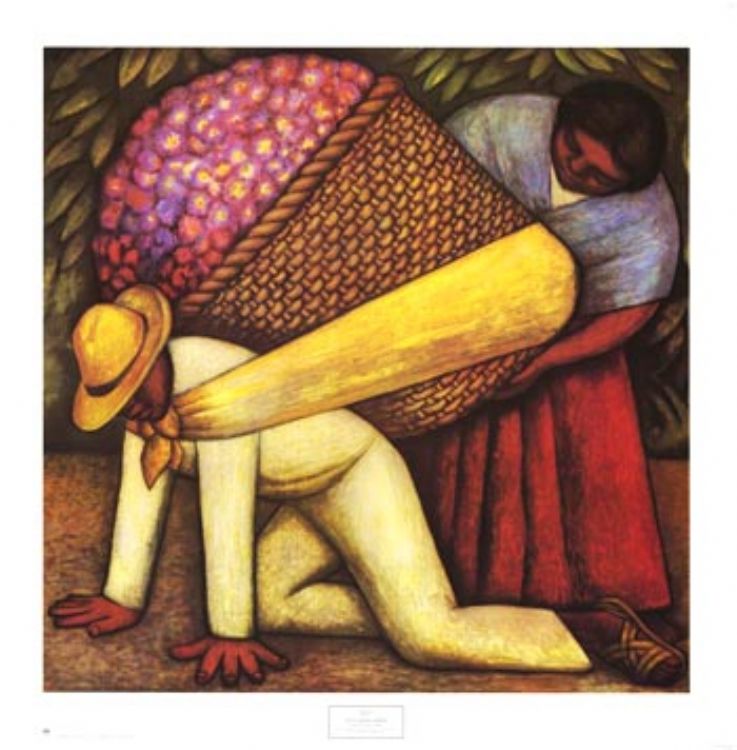
(1886-1957) Upon reviving fresco murals, Diego Rivera freed painting from the narrow confines of the studies. He rediscovered with his art the cultural roots that survived the Spanish Conquest and thus connected Mexicans with their live past.
Of Tarascan, Spanish, Russian and Jewish blood, he was still very young when his nanny took him to her hometown in the mountains for avoiding an infection of an epidemic that broke out in the city. The folklore he absorbed in that site strengthened his autochthonous roots.
The boy showed such a great talent for drawing that he was enrolled in the Academy of San Carlos, in Mexico City, where his first exhibit at the age of sixteen won him a scholarship for continuing his studies abroad.
European influence didnât help him develop his personal style. For a certain time he practiced cubist painting, but when he found Siqueiros in Paris, they both focused their ideas towards the formation of a purely Mexican painting school. The last thing he did before abandoning Europe was to visit Italy, where he saw the Renaissance frescos and admired the work of Uccello and Piero de la Francesca.
Remembering them upon his return to Mexico, Riviera adopted their methods and participated in the mural campaign that had just started under the post-revolutionary regime. Suddenly, almost from one day to the next, his mature style was born.
He created great murals in Mexico and the United States. The portrait of Lenin he painted in his mural at Rockefeller Center of New York was very controversial. In the vast mural Sueño de una tarde de domingo en la Alameda Central he wrote âGod doesnât existâ, highlighting the anti-clergymen feelings of the Reform. The Archbishop refused to bless the muralâs hotel. Riviera didnât want to erase his offensive words and the mural remained hidden for many years until the author decided to substitute de phrase.
His main works are Mural in the Salón de Actos, National Agriculture School, Chapingo; at Palacio de Cortés, Mural at the Palacio de Bellas Artes, Mural in Palacio Nacional de México and Mural in Hotel del Prado. However, he made numerous etchings where he exposes the life of the fields, rural life in Mexico and the post-revolutionary era.
Click on the PLAY button to watch the Video.
Artículo Producido por el Equipo Editorial Explorando México.
Copyright Explorando México, Todos los Derechos Reservados.
Foto Portada: Posters.Net

